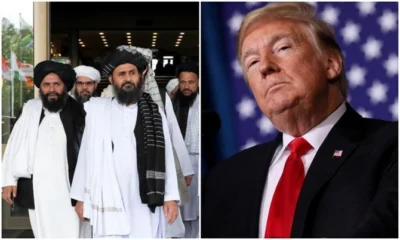Asia
Daesh threatened to target Chinese embassy in Afghanistan
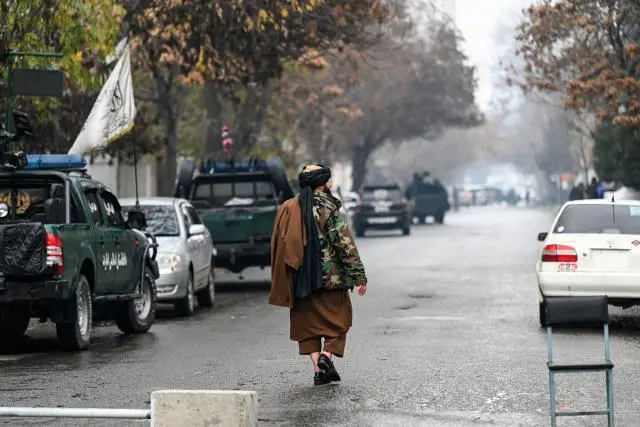
Islamic State (IS) also known as Daesh militants have threatened to target Chinese, Indian, and Iranian embassies in Afghanistan aimed at isolating the Taliban from a handful of countries it counts as diplomatic allies.
The local affiliate of the Islamic State in Iraq and the Levant-Khorasan (ISIL-K), is attempting to “undermine the relationship” between the Taliban and the UN member states in the Central and South Asia region, according to United Nations
The UN members are going to discuss the report at the UN Security Council in New York later today. The report also said that IS has positioned itself as the primary rival to the Taliban. The revelations were made in a report by UN Secretary-General Antonio Guterres.
“The activities of Islamic State in Iraq and the Levant-Khorasan (ISIL-K) remained a significant terrorist threat in Central and South Asia, and the group retained ambitions to conduct external operations,” the 16th report of the Secretary-General on the threat posed by ISIL to international peace and security and the range of United Nations efforts in support of member states in countering the threat said here.
IS had already set a portray that the Taliban are incapable of providing security in Afghanistan.
Daesh is a serious threat
Indeed, Daesh is posing a serious threat to the security of Afghanistan. “It is not only about Afghanistan. Daesh is eager to undermine security of the whole region,” said a Taliban official at the ministry of defense.
Speaking to Harici on condition of anonymity, the official said that Taliban have already taken a series of steps to prevent Daesh from carrying out attacks, but did not rule out a security lapse.
“In the past we have seen attacks claimed by Daesh, and we also agree on a security lapse, but since the last attack in front of foreign ministry, plenty of steps have been taken to bolster the security situation in Kabul as well as in big cities across Afghanistan,” he furthered.
Daesh is a foreign phenomenon and has no root inside Afghanistan, according to the official. “After winter, the Afghan security forces will launch a comprehensive attack across Afghanistan to suppress Daesh,” he said.
Russian embassy and Chinese hotel attacks
Daesh has intensified attacking densely populated areas in Afghanistan since the Taliban seized power in August 2021. Beside mosques, shrines, military vehicles, hotels, and other civilian areas, Daesh has started attacking foreign missions highlighting a new shift on the group’s policy.
The group was behind deadly attacks in the past two months, including an attack on Russian and Pakistani embassies, also a hotel in Kabul famous for Chinese guests.
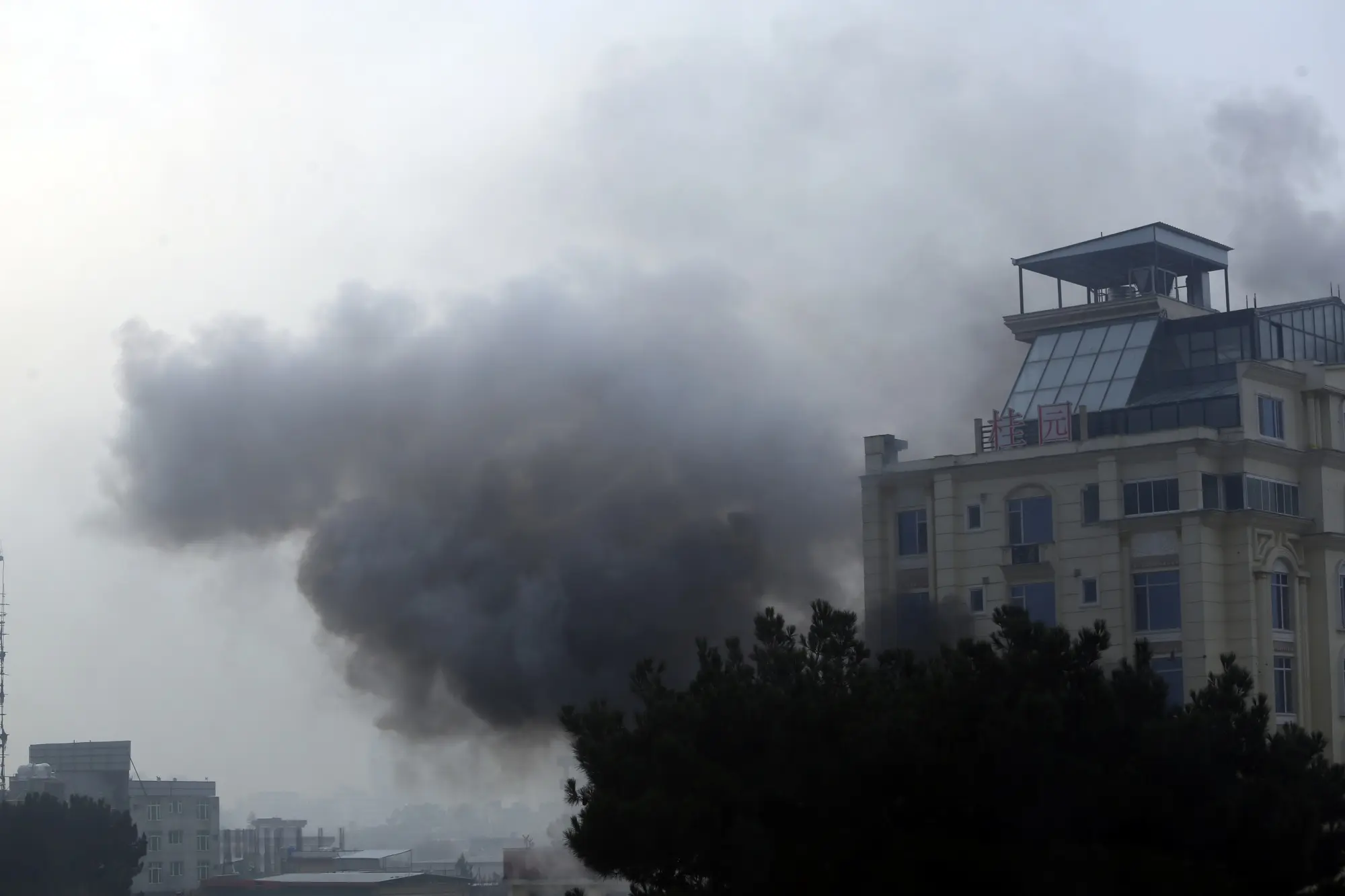
Smoke rises from a hotel famous for Chinese guests following an explosion, in Kabul, on Dec. 12. AP
The report of the Secretary-General furthered that an attack in September last year on the Russian embassy in Kabul was the first against a diplomatic presence in Afghanistan since Taliban returned into power.
“Apart from high-profile attacks, ISIL-K conducted near-daily attacks targeting Shia minorities, which also served to undermine the Taliban’s authority and challenge their nascent security agencies,” according to the US reported by Bloomberg.
However, the Taliban has repeatedly stressed that the security of diplomatic offices and foreign diplomats will be maintained and their security have been beefed up.
Possibilities of attacks on other foreign missions
On February 2, the Kingdom of Saudi Arabia announced closure of its embassy in Kabul over threats of a possible attack by Daesh on the diplomatic office.
“All the embassy staff and employees of the embassy have been shifted to Pakistan’s capital city Islamabad and there is no clear date when they will return to Kabul,” a senior diplomat at the Afghan foreign ministry told Harici.
There was a threat that Daesh will use a car bomb to target the Saudi embassy in Kabul, according to the official.
“We left with no other option but to close the embassy to rescue our staff,” another source in the Saudi Arabia embassy in Kabul told Harici.
“Protecting our staff is important for us but we will continue to keep our diplomatic mission active to serve the Afghan people even from outside,” he added.
Only 12 foreign missions are active
After the collapse of the republic government, most of foreign embassies closed their missions, and only 12 of them were active in Kabul.
Embassies of Iran, Pakistan, Qatar, China, Russia, Uzbekistan, Turkmenistan, Kazakhstan, Kyrgyzstan, UAE, India and Turkey are active at the moment.
The Taliban had earlier said that France, US, UK, Germany, Canada, Spain and Australia are operating in Doha and they are in contact with the Afghan embassy there.
There were also reports that Turkish and Qatari embassies have been placed on high security alert and also more forces were stationed there.
Between 1,000 to 3,000 Daesh fighters
It has said that the UN member states in the Central and South Asian region estimate there are between 1,000 and 3,000 Daesh fighters, of whom approximately 200 are of Central Asian origin.
However, some believe there are as many as 6,000 Daesh fighters and a large number of them are stationed in eastern Kunar, Nangarhar and Nuristan provinces.
However, most of the Daesh attack was against targets in Kabul and Balkh, one of the most economically developed provinces in the north, is of primary interest to Daesh in terms of revenue generation.
“One member state reported that the group had started to smuggle narcotics, which would represent a new development,” the report said.
According to the report, ISIL-K media organization Voice of Khorasan released propaganda in Pashto, Persian, Tajik, Uzbek and Russian with the goal of recruiting from ethnic groups in the region to strengthen the group’s capabilities.
ETIM and Daesh relations
Cooperation between the Eastern Turkistan Islamic Movement (ETIM) and ISIL-K, even though historically the former had aligned itself with al-Qaida, has been highly noted, the report added.
According to the member state, such cooperation included jointly published Uighur-language propaganda posters, the exchange of personnel, and military advice and planned joint operations, such as the ETIM sending members to join the operational unit of ISIL-K responsible for tracking and carrying out attacks against Chinese nationals.
In July last year, the two groups reportedly plotted to purchase weapons and conduct terrorist attacks against Chinese targets in Afghanistan. The Syrian branch of the ETIM had actively recruited Chinese nationals from Daesh in the Syrian Arab Republic, a UN member state said in the report.
Asia
US cries to China as Washington begins airstrikes in Iran
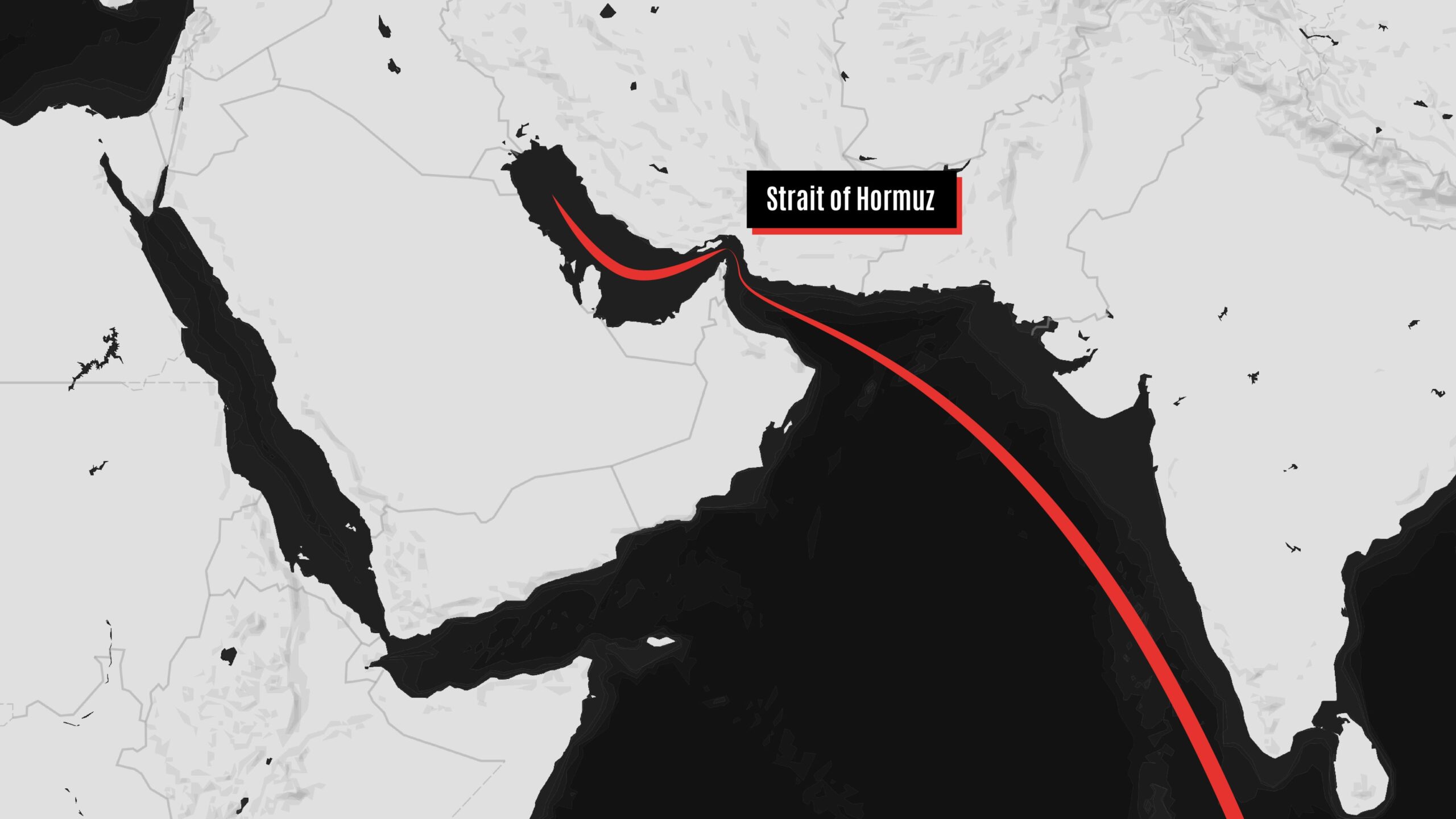
While the Middle East is going through one of its most tense periods, the world has been shocked by the news of a direct attack by the United States on Iran’s nuclear facilities. Washington has announced that Iran’s nuclear facilities no longer exist. At the same time, Tehran has warned in a strong tone that it will respond to this aggression.
This action was immediately met with widespread regional and international reactions. The United Nations, the European Union, global powers such as Russia and China, and America’s traditional allies in the West each took their own stance.
At an emergency meeting of the United Nations, Secretary-General Antonio Guterres described the move as a dangerous turn in an already crisis-ridden region. A wave of criticism has also emerged within the United States, with some describing the attack as successful.
At the same time, a number of lawmakers from both the Republican and Democratic parties consider Trump’s action to be without congressional authorization and unconstitutional.
Some reactions:
Russian envoy: US attack carried out without any provocation from Iran.
US Representative: The Iranian regime should not have nuclear weapons.
Iran’s ambassador to the Security Council: America once again sacrificed its security for Benjamin Netanyahu.
Israeli Ambassador to the Security Council: America changed the course of history by attacking Iran.
Rafael Grossi, the head of the International Atomic Energy Agency: Military attacks should not be carried out on nuclear facilities, saying he is ready to immediately travel to all countries regarding this case.
UK UN envoy: Military action alone cannot address concerns about Iran’s nuclear program, saying his country was not involved in Iran attack, referred to concerns about Iran’s nuclear program and said that military action alone cannot permanently address concerns about Iran’s nuclear program. He called on Iran to exercise restraint and urged the parties involved to return to the negotiating table.
France: Now is the time to end the attacks and return to negotiations.
But now why US cries to China for help to reopen Strait of Hormuz
Soon after a US airstrike in three locations, Iran closes the Strait of Hormuz, one of the world’s most important shipping routes. Now this move puts the US in trouble and US Secretary of State Marco Rubio has called on China to prevent Iran from closing the Strait of Hormuz.
However, it seems that the US is too late and according to Iran’s state-run Press TV, the decision was made by Iran’s Supreme National Security Council.
The US understands that any disruption on the supply of oil would have profound consequences for the economy and wants to play an emotional card with China to convince Iran to reopen the route as Beijing is also one of the largest buyers of Iranian oil.
It is reported that 20 percent of the world’s oil passes through the Strait of Hormuz, and major oil and gas producing countries in the Middle East use this route to export energy.
Meanwhile, US President Donald Trump has said that regime change is inevitable if the Islamic Republic cannot “make Iran great again.” His statement came following US military strikes on Iranian military facilities.
Iran: Game is not over even assuming the complete destruction of the nuclear sites
Ali Shamkhani, advisor to Ayatollah Ali Khamenei, the religious leader of Iran, has said in response to the US attacks that even assuming the complete destruction of the nuclear sites, the “game is not over”.
“Even assuming the complete destruction of the sites, the game is not over; because the enriched materials, indigenous knowledge, and political will remain intact,” he said.
He noted that “now the political and operational initiative with the right to self-defense is in the hands of the side that knows how to play smart and avoids blind shooting.”
Asia
Japan diverges from G7, urging restraint in Israel-Iran conflict
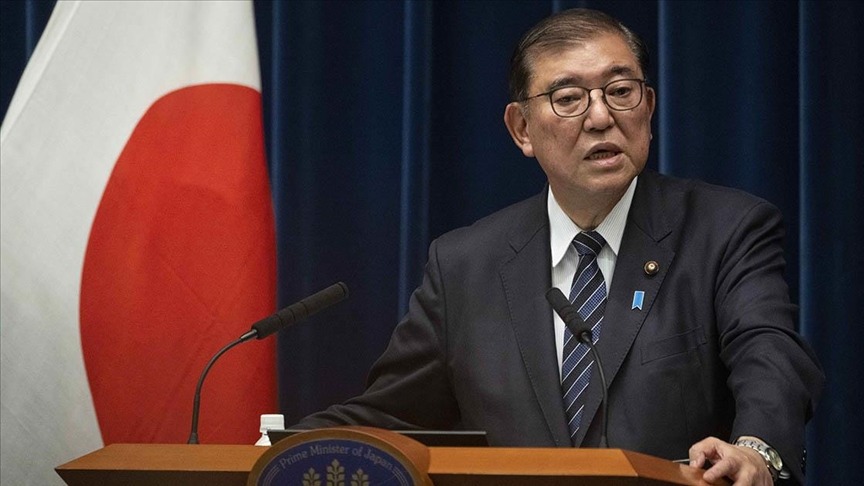
Japanese Prime Minister Shigeru Ishiba has affirmed Tokyo’s position of calling for “maximum restraint” from both Israel and Iran, despite a G7 statement earlier this week that supported Israel’s “right to self-defense.”
During a meeting of ruling and opposition party leaders on Thursday, Ishiba stated, “What the foreign minister said is the stance of the Japanese government. The G7 is the G7,” as reported by Tomoko Tamura, head of the Japanese Communist Party.
Japan, a close US ally in Asia, has long maintained friendly relations with Iran and has historically adopted a neutral approach to Middle East diplomacy, distinguishing itself from the pro-Israel stance of US administrations. Tokyo relies on the Middle East for the overwhelming majority of its crude oil imports.
G7 leaders convened in Kananaskis, Canada, and issued a statement backing Israel’s attacks on Iran. The statement affirmed Israel’s right to self-defense and condemned Iran as the “main source of regional instability and terrorism.” On June 13, when Israel’s attacks on Iran began, Japanese Foreign Minister Takeshi Iwaya declared: “The use of military force while diplomatic efforts are ongoing… is completely unacceptable and a source of deep regret. The Japanese government strongly condemns these actions.”
Iwaya added, “Japan is gravely concerned about the continuation of retaliatory attacks and strongly condemns any actions that could further escalate the situation.”
He continued, “Japan urges all parties to exercise maximum restraint and strongly calls for a de-escalation of tensions.”
During the meeting of party leaders, Tomoko Tamura, head of the Japanese Communist Party, highlighted the apparent contradiction between Iwaya’s statements and the joint G7 communiqué, suggesting the government was applying a “double standard.”
Prime Minister Ishiba responded, “What the foreign minister said is the stance of the Japanese government. The G7 is the G7.”
Meanwhile, the foreign minister announced at a press conference on Friday that a total of 87 Japanese nationals and their family members had been evacuated by land from Iran and Israel. Sixty-six individuals were evacuated from Iran to neighboring Azerbaijan, and 21 were evacuated from Israel to Jordan.
Following additional requests from Japanese citizens, a second land evacuation from Iran is scheduled for Saturday. Currently, there are approximately 220 Japanese nationals in Iran and about 1,000 in Israel.
In preparation for potential air evacuations, the government plans to dispatch two Air Self-Defense Force military transport aircraft to Djibouti in East Africa to have them on standby. With airports in Iran and Israel closed, Iwaya noted that the aircraft could be used if, for example, the airports reopen and conditions permit an airlift.
Asia
Iran-Israel war: Why US discusses regional conflict with Pakistan
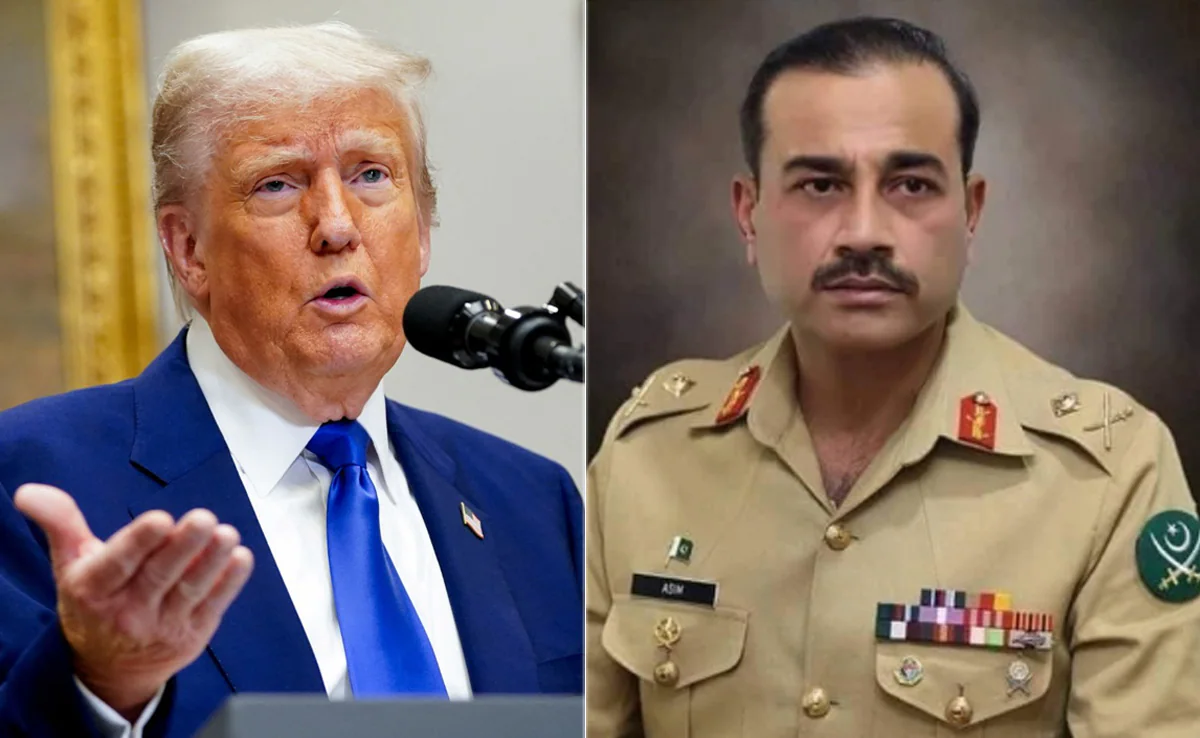
US President Donald Trump and Pakistan’s Army Chief General Asim Munir held a special and important meeting during a time when tensions are rising in the Asian region. The meeting was held on Trump’s invitation and was not open to the media. However, both sides have released official statements afterward, which states that the main topics were discussed
The meeting focused on the ongoing conflict between Iran and Israel, Pakistan–India relations, especially the Kashmir issue, the situation in Afghanistan and future US–Pakistan cooperation.
Pakistan has recently improved its strategic position in the region. It has shown strong ties with China and is the only South Asian country openly supporting Iran in its conflict with Israel. Meanwhile, Pakistan remains an important player in Afghanistan.
Why the Pakistani Army Chief was invited to the US?
Although Pakistan has an elected civilian government, important decisions—especially related to foreign affairs and security—are often handled by the military. That’s why General Asim Munir was invited to meet Trump instead of the Prime Minister, General Munir’s influence has grown recently. After tensions with India, he was given the title of Field Marshal. His meeting with Trump is seen as a sign of his importance in both Pakistani and international politics.
According to the Pakistan Army’s media wing (ISPR): General Munir thanked President Trump for helping to ease recent tensions between Pakistan and India. Trump praised Pakistan’s role in fighting terrorism. Both agreed to work together in the future, especially in: Trade, Technology Minerals and energy Artificial intelligence Crypto currency and regional peace efforts as well.
President Trump also appreciated General Munir’s leadership during difficult times. Munir invited Trump to visit Pakistan, and Trump reportedly accepted the offer in principle.
Why US former peace envoy to Afghanistan, Khalilzad is not trusting Pakistan’s army chief
Former U.S. diplomat Zalmay Khalilzad criticized the meeting. He said General Munir cannot be trusted and reminded the U.S. that Pakistan has supported groups that harmed American soldiers in the past. According to Khalilzad, General Munir may be trying to get U.S. support for his interests in Afghanistan, which he believes could be risky for America.
Though no official list of US demands was made public, reports suggest a meeting was held in Saudi Arabia earlier, where American officials spoke with top Pakistani leaders. During that meeting, the U.S. reportedly made four key requests: Pakistan should help the U.S. in counterterrorism operations when needed. Pakistan should slowly reduce its relations with China. Pakistan should recognize Israel after Saudi Arabia does. If the U.S. attacks Iran, Pakistan should support the U.S. instead of staying neutral.
These demands are similar to earlier U.S.–Pakistan arrangements during the Cold War and the War on Terror.
What could be expected in the future?
This meeting could mark the beginning of a new phase in US–Pakistan relations. In the past, Pakistan helped the U.S. during the Soviet-Afghan War and after 9/11. Now, with tensions involving Iran, India, and Afghanistan—and China expanding its role—the U.S. may again be looking to Pakistan as a key partner in the region.
Time will tell whether this leads to a long-term partnership or just another temporary agreement based on short-term goals.
-

 Middle East4 days ago
Middle East4 days agoUS to launch major bombing campaign against Iran this weekend, Hersh reports
-

 Diplomacy1 week ago
Diplomacy1 week agoFormer diplomat warns forcing Iran out of the NPT is the greatest danger
-

 Middle East7 days ago
Middle East7 days agoIran targets Mossad and Unit 8200 in missile attack on Tel Aviv
-
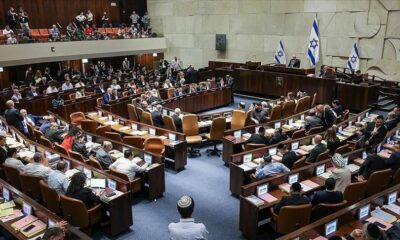
 Middle East2 weeks ago
Middle East2 weeks agoNetanyahu’s government survives no-confidence vote as Haredi crisis is delayed
-

 Diplomacy1 week ago
Diplomacy1 week agoFormer CIA analyst says Israel used ceasefire talks as a trap
-

 Asia2 weeks ago
Asia2 weeks agoJapan, US showcase B-52 bombers in nuclear deterrence dialogue
-

 Middle East1 week ago
Middle East1 week agoIranian missile attack causes heavy damage across Israel
-
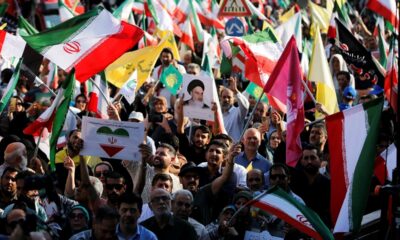
 Diplomacy1 week ago
Diplomacy1 week agoChinese academic analyzes Israel-Iran conflict for Harici: Iran holds strategic importance for China












